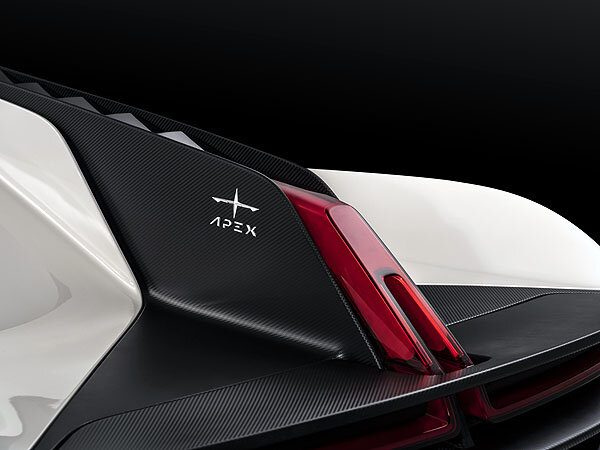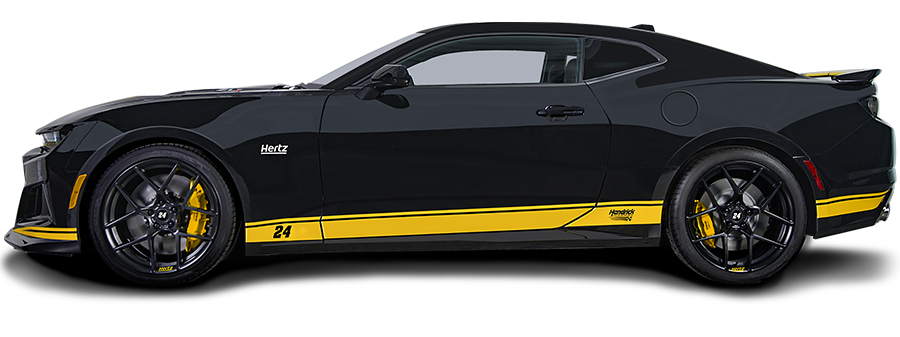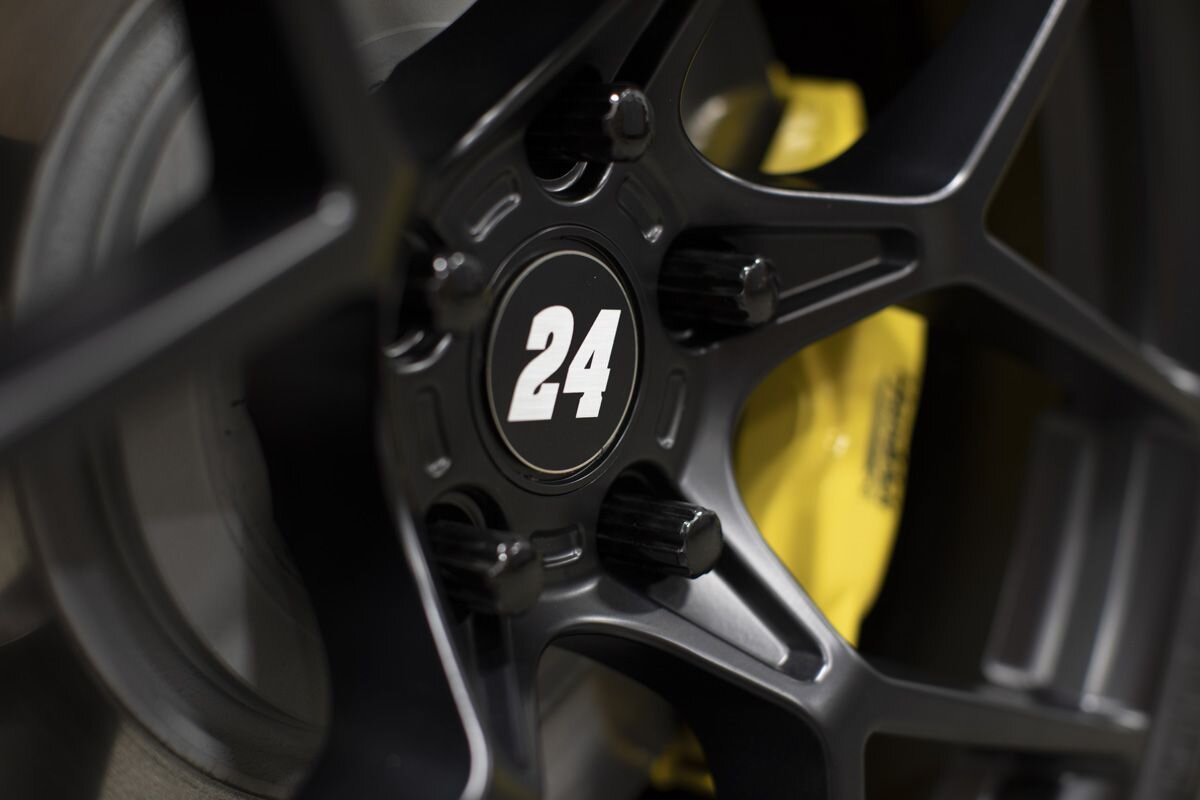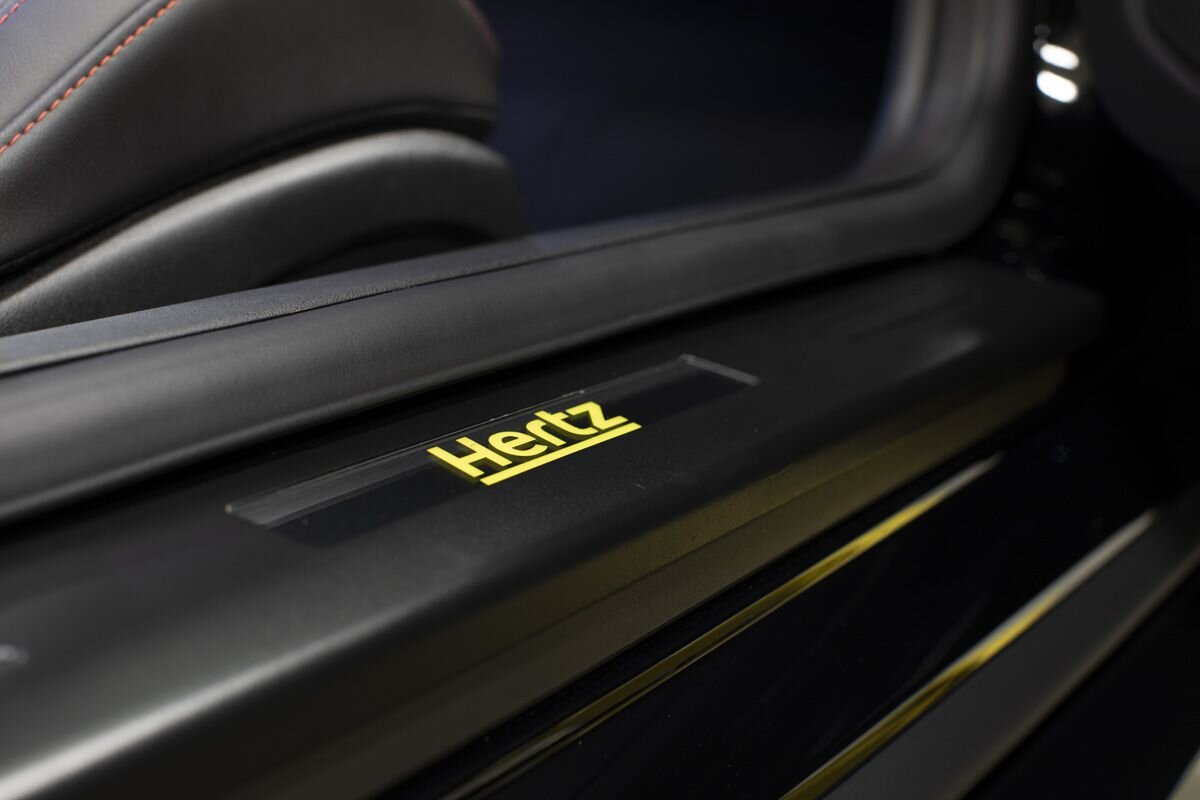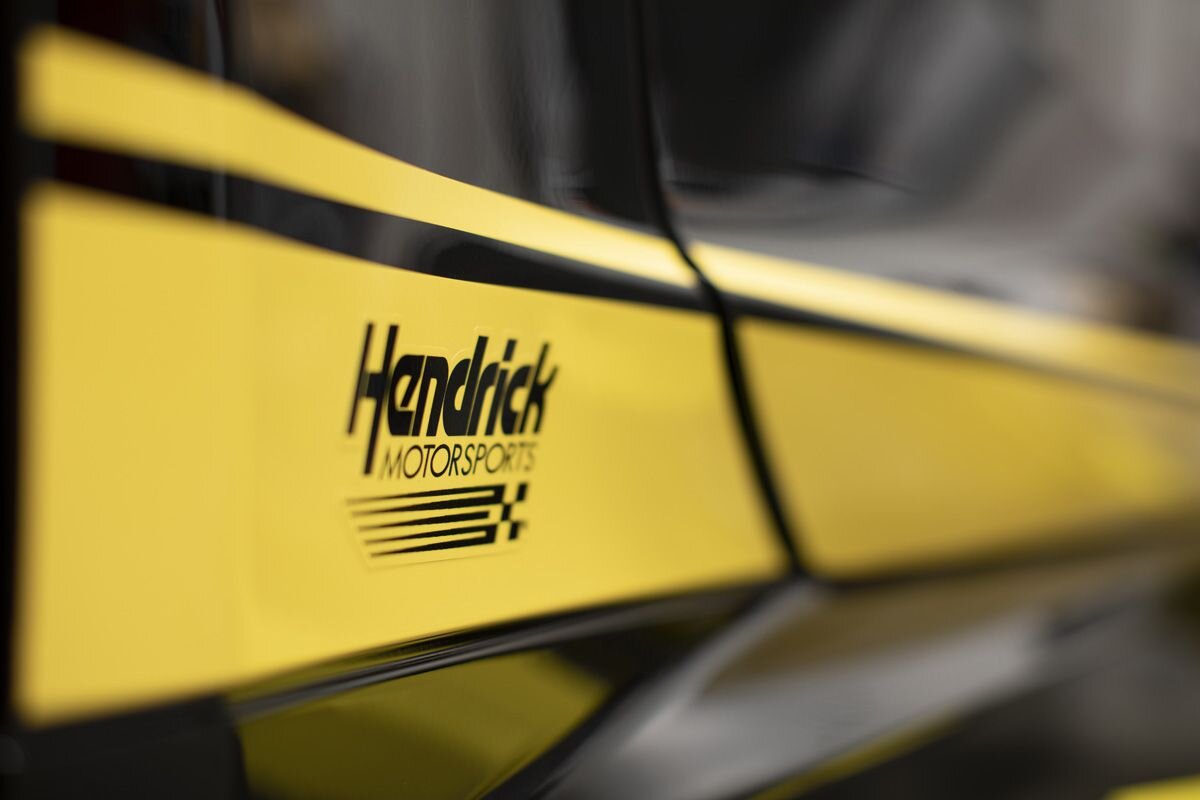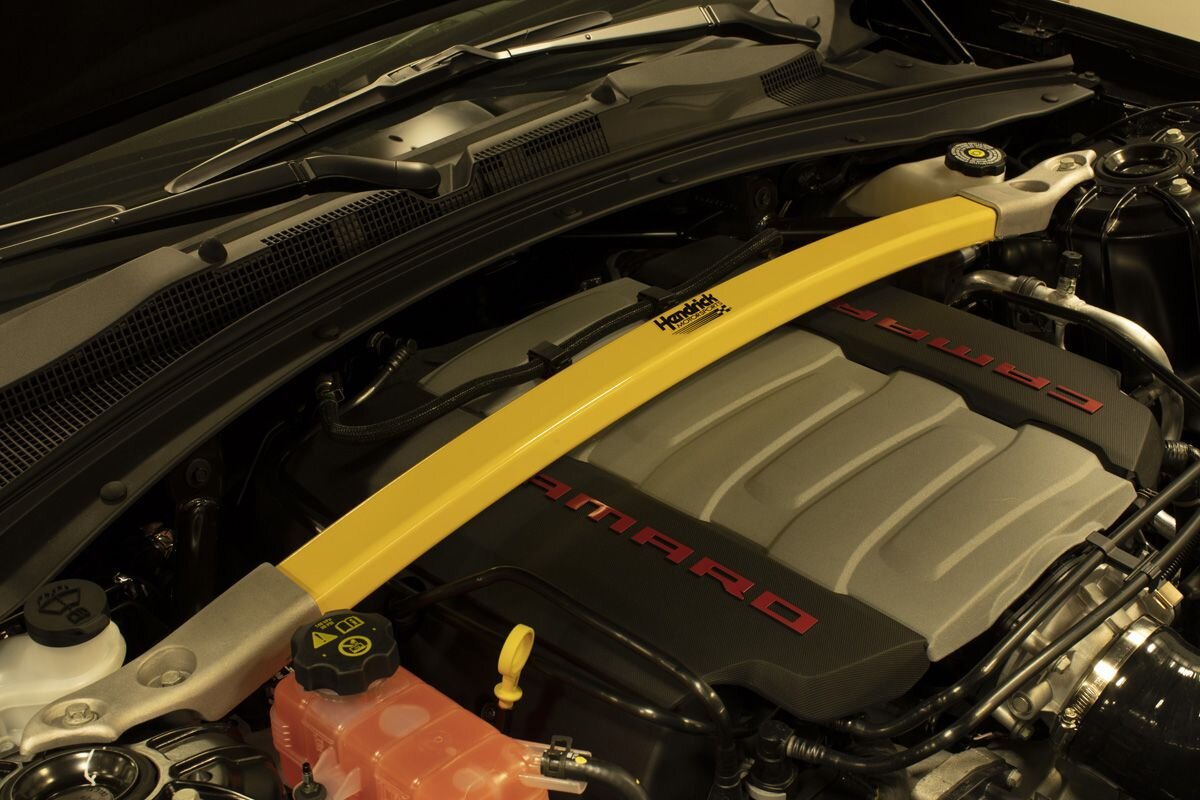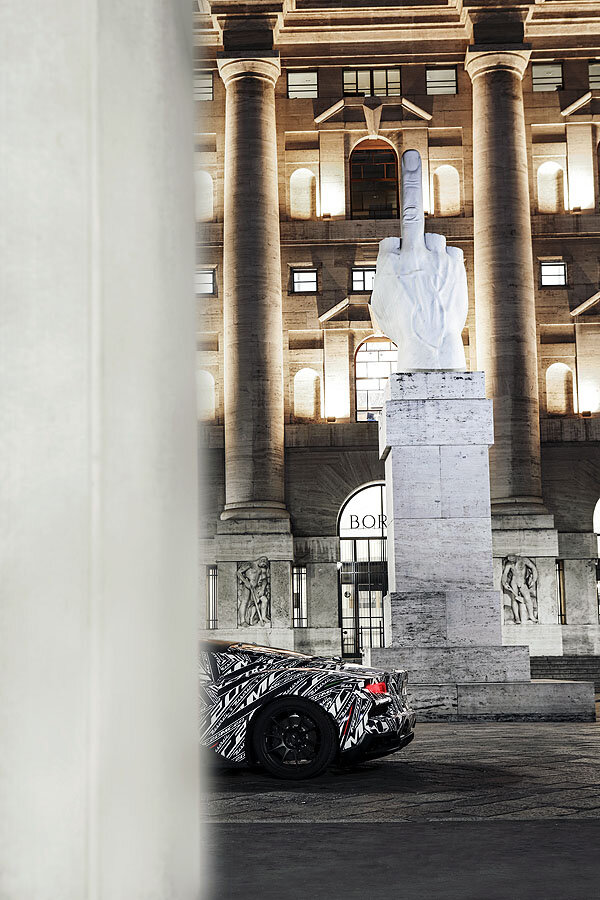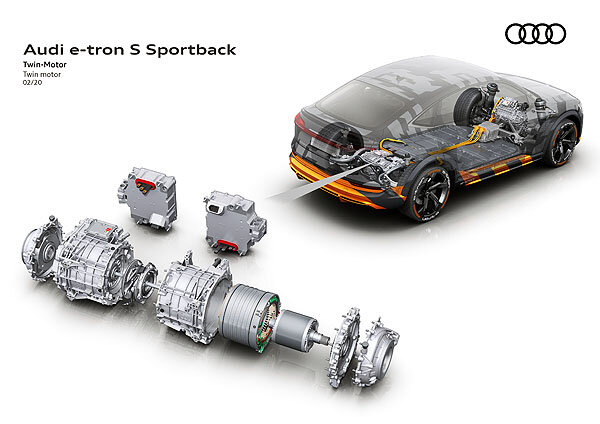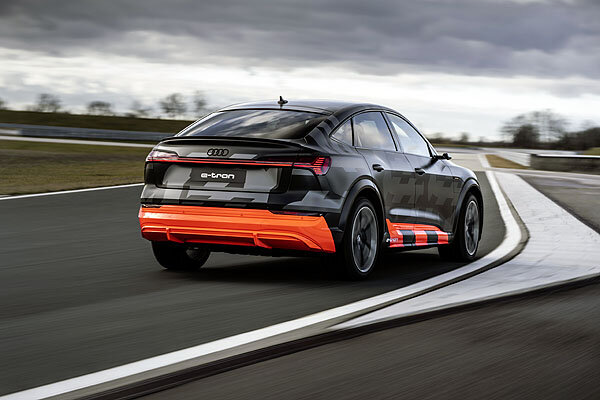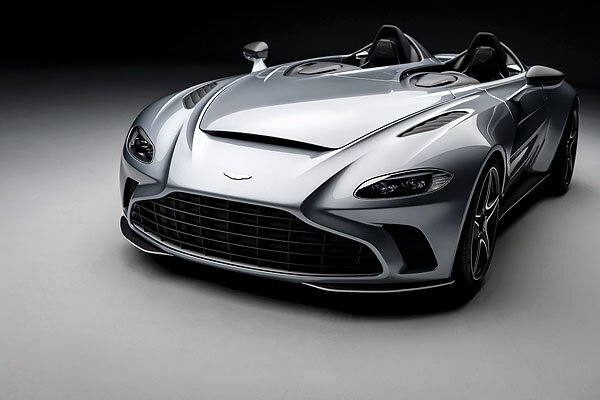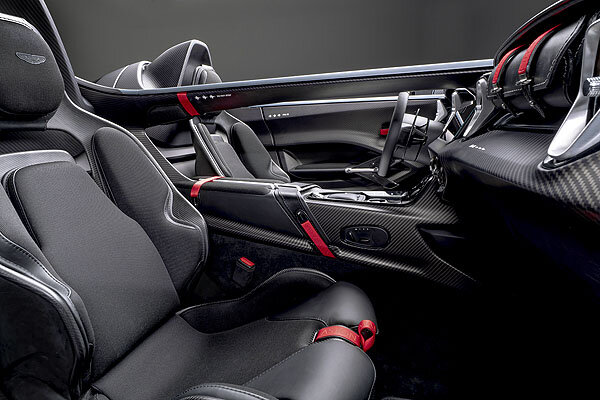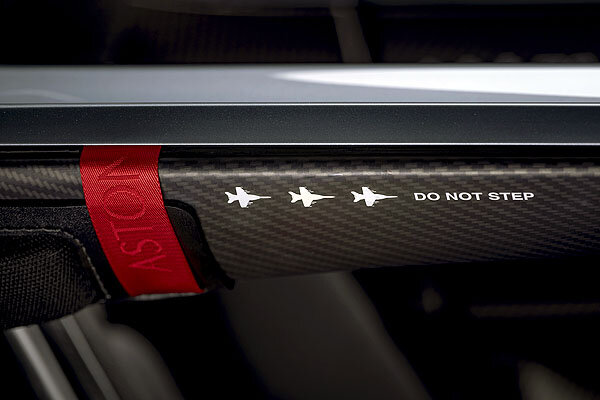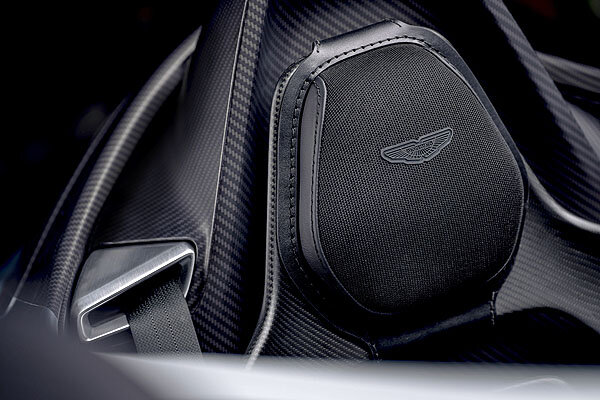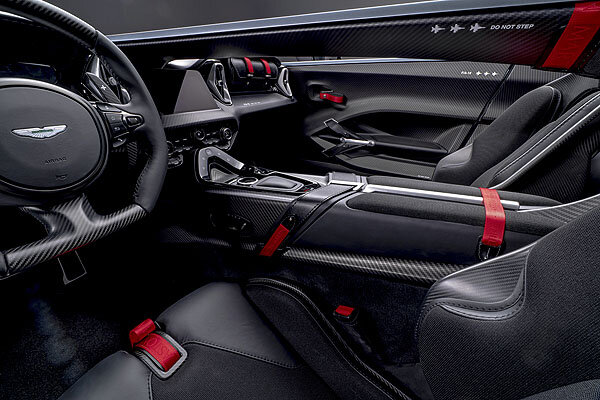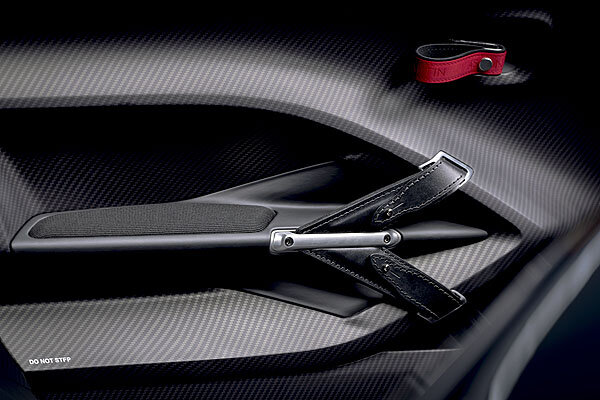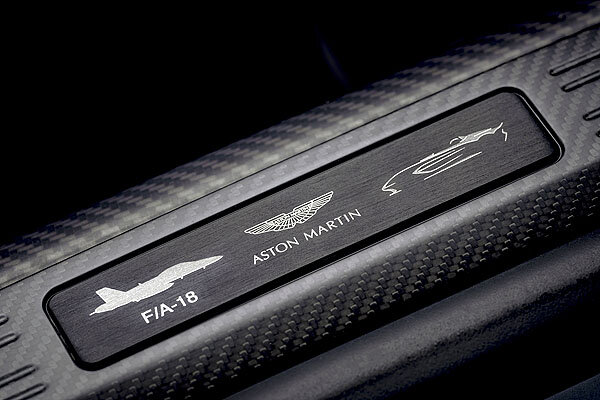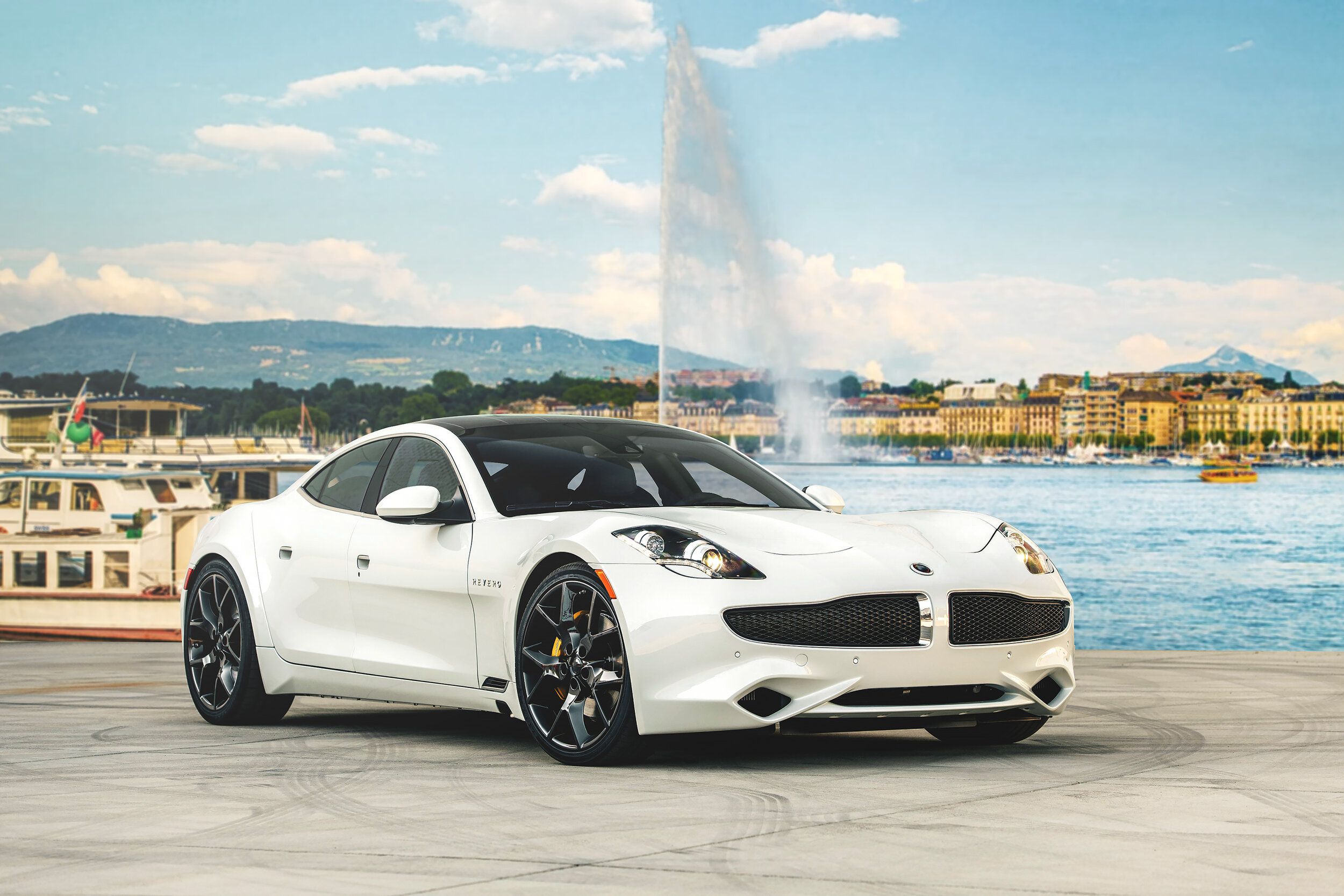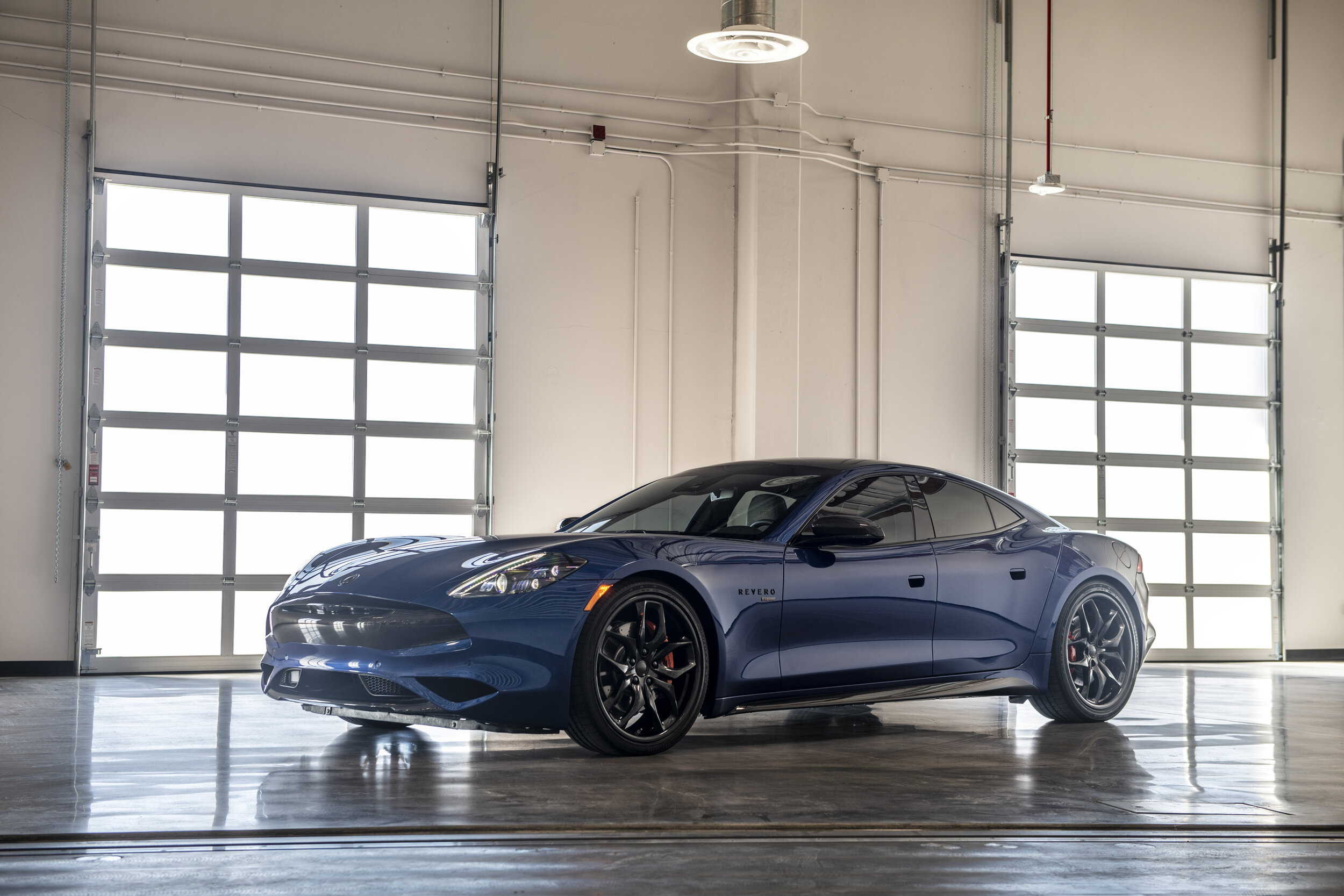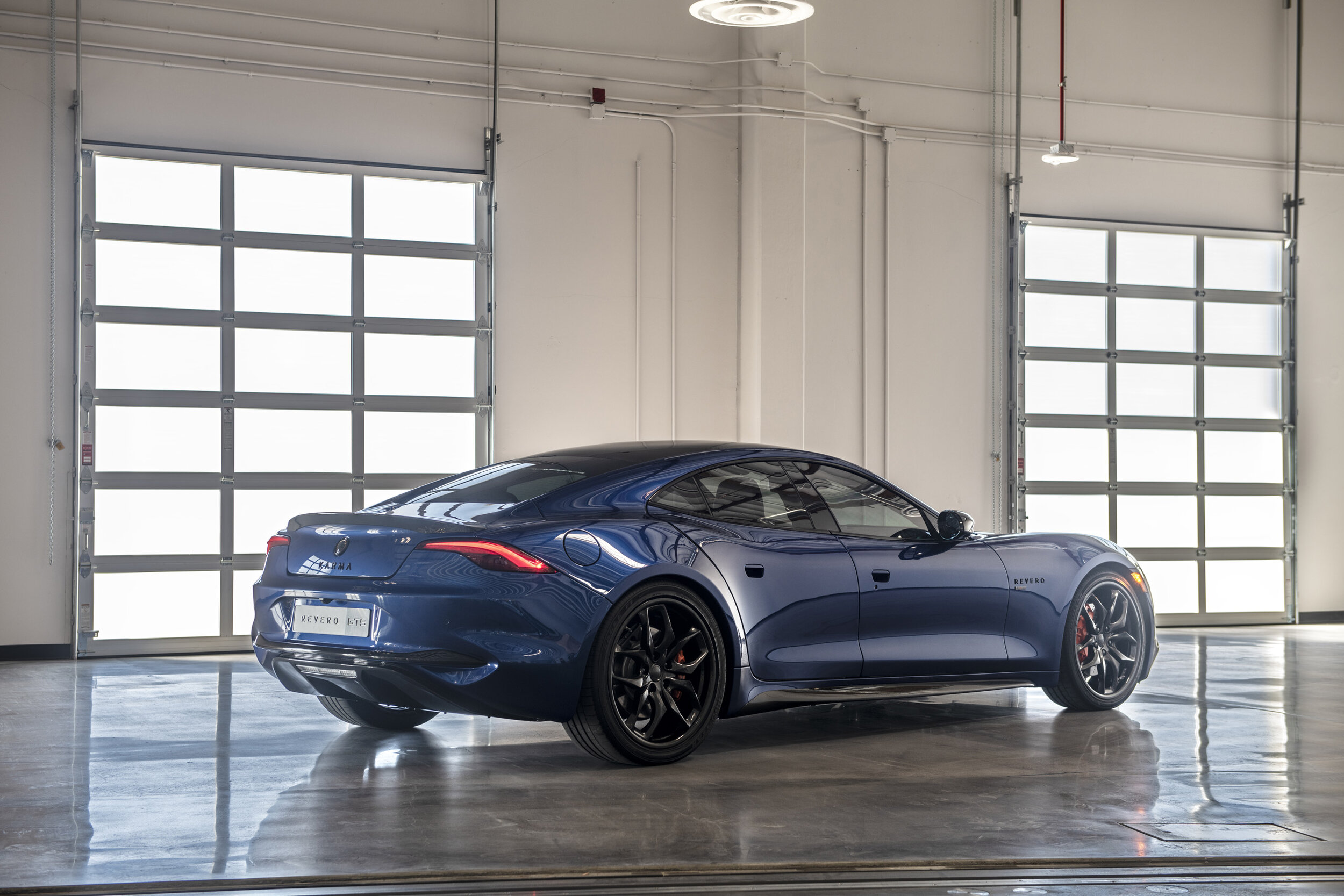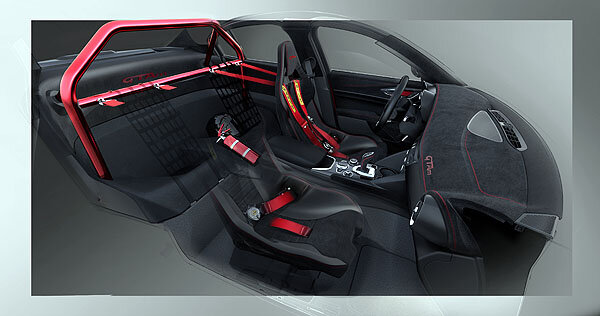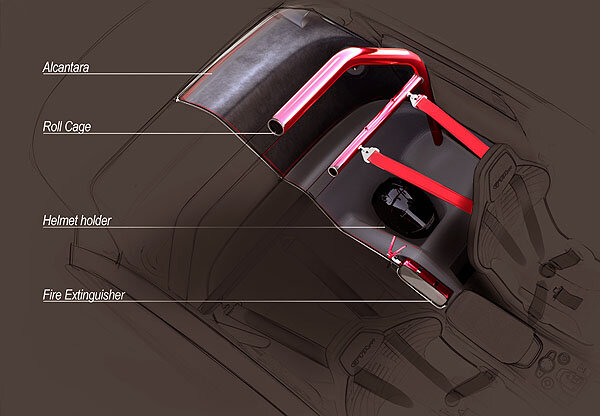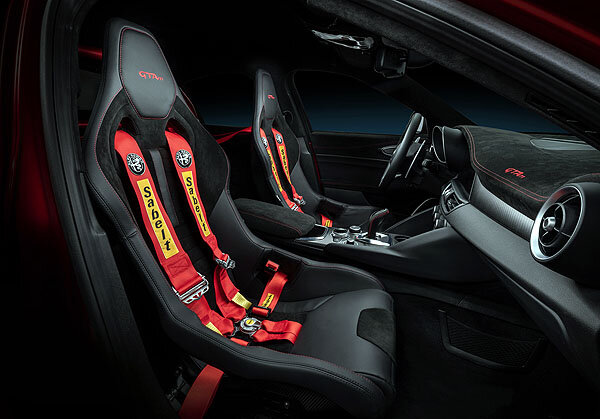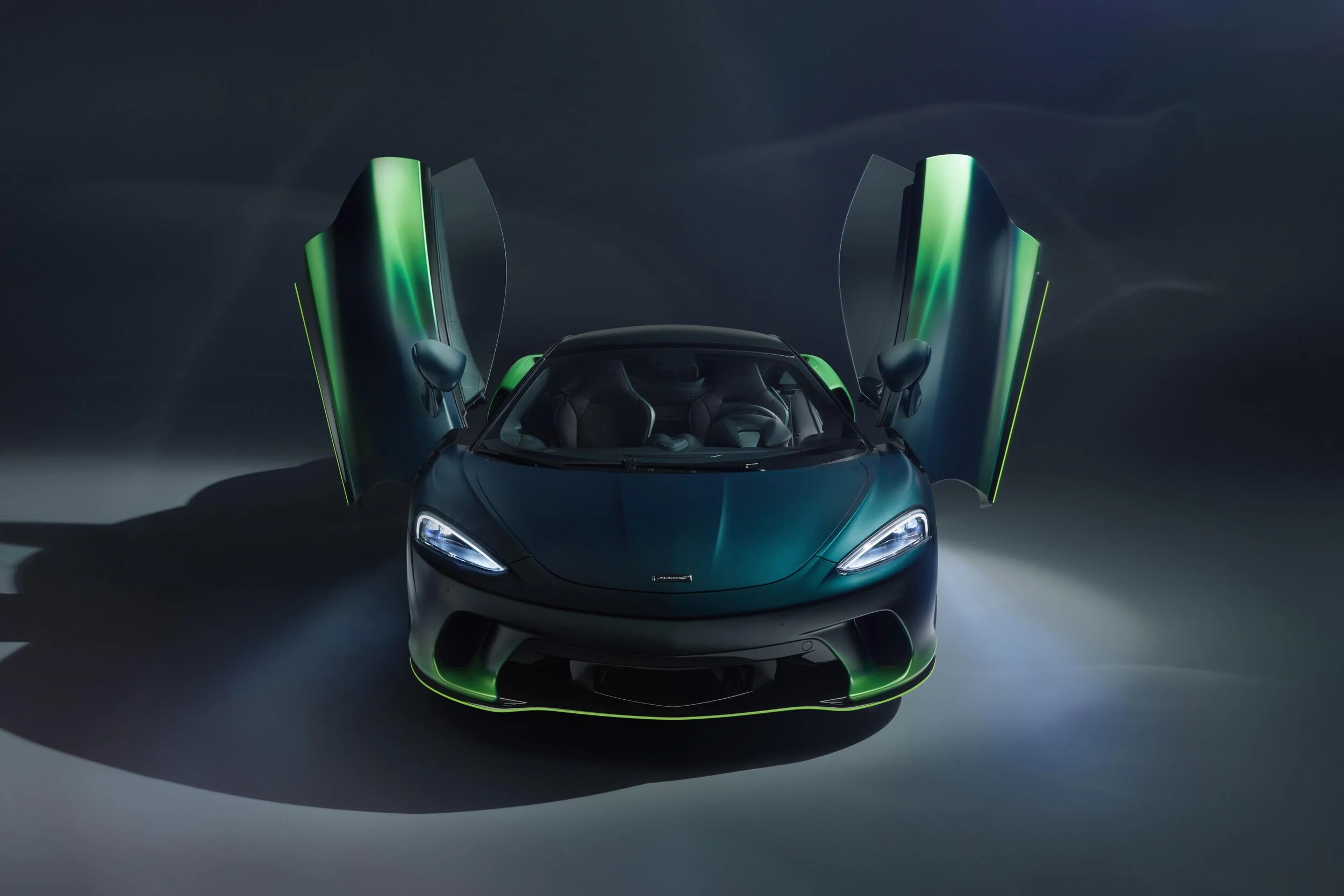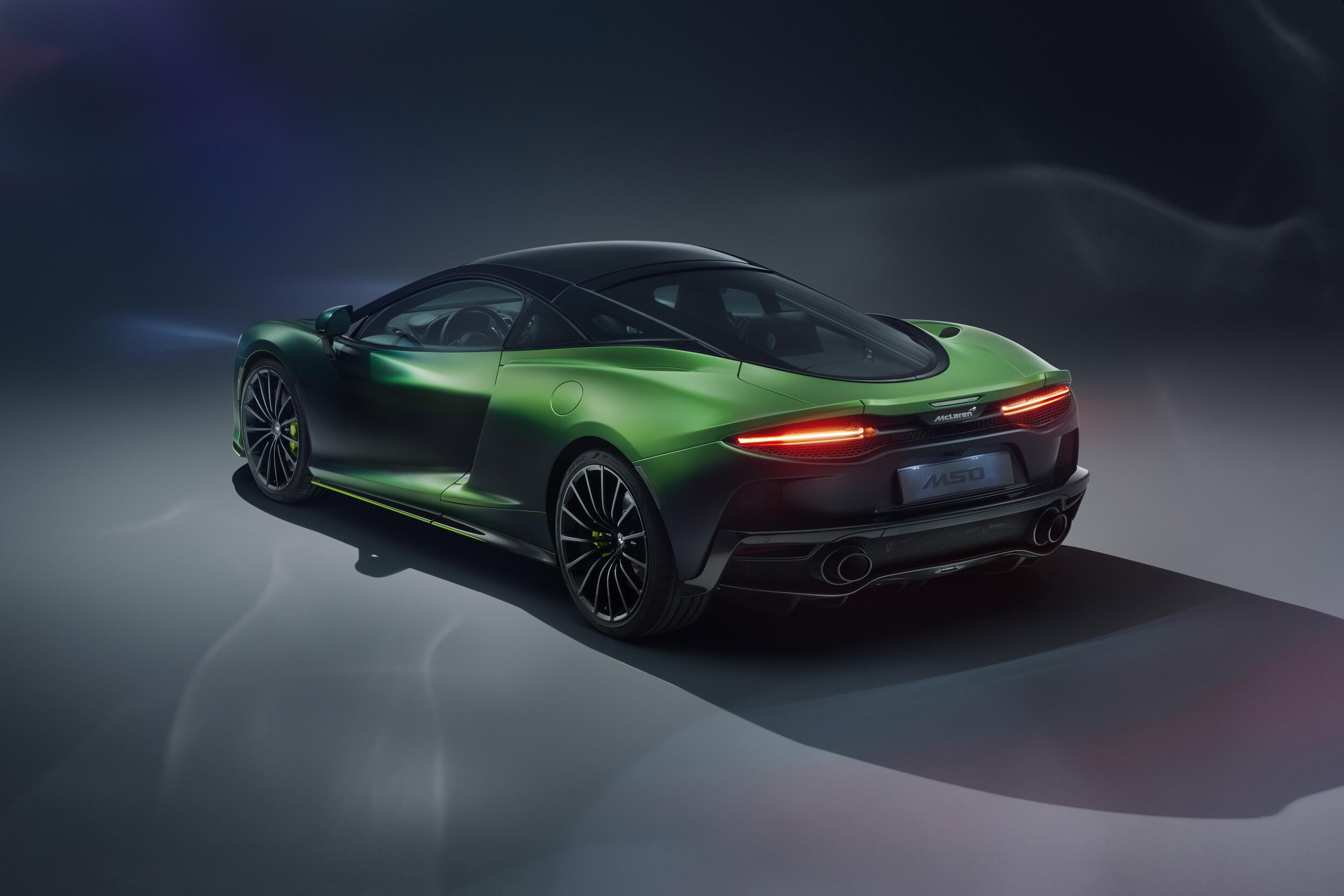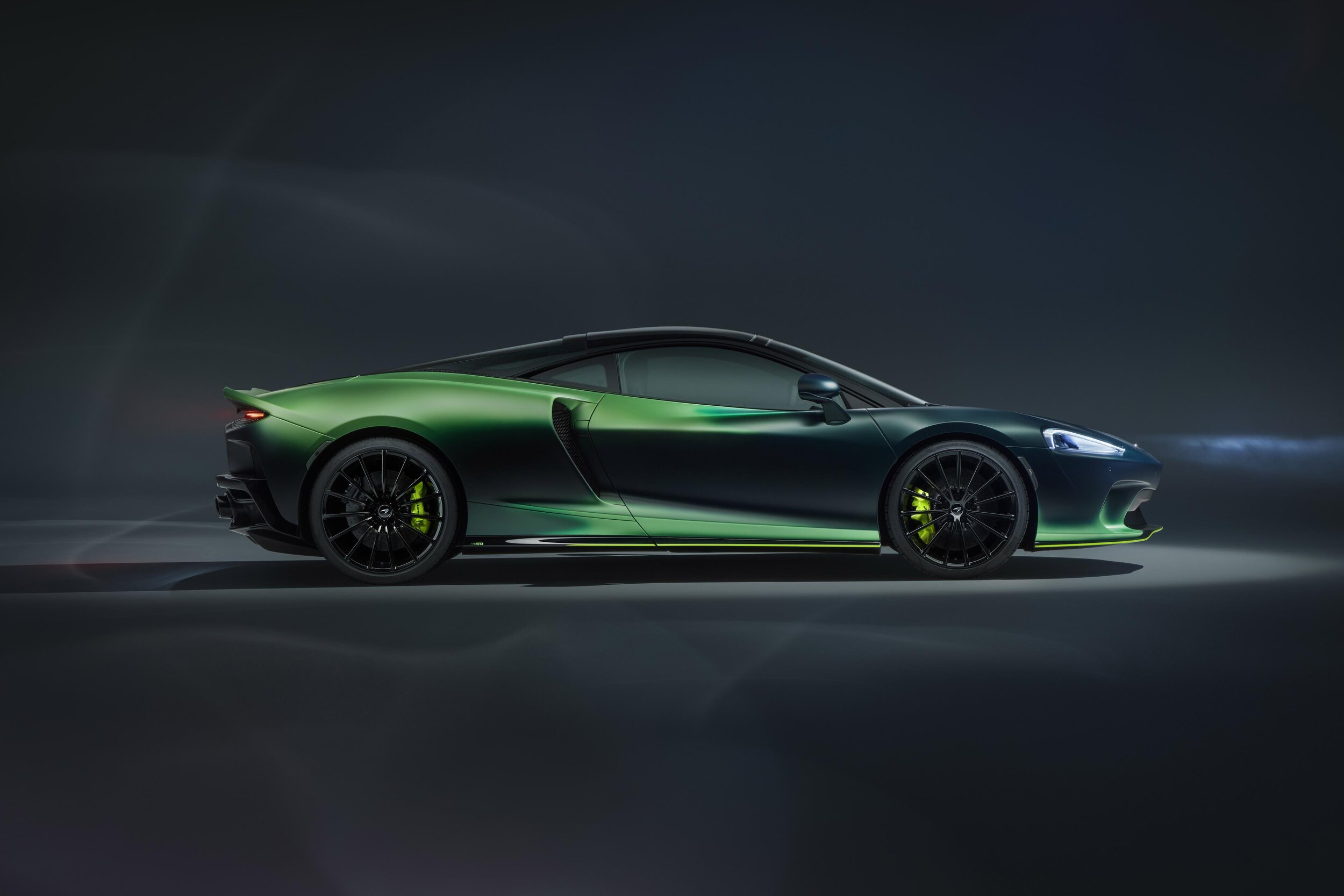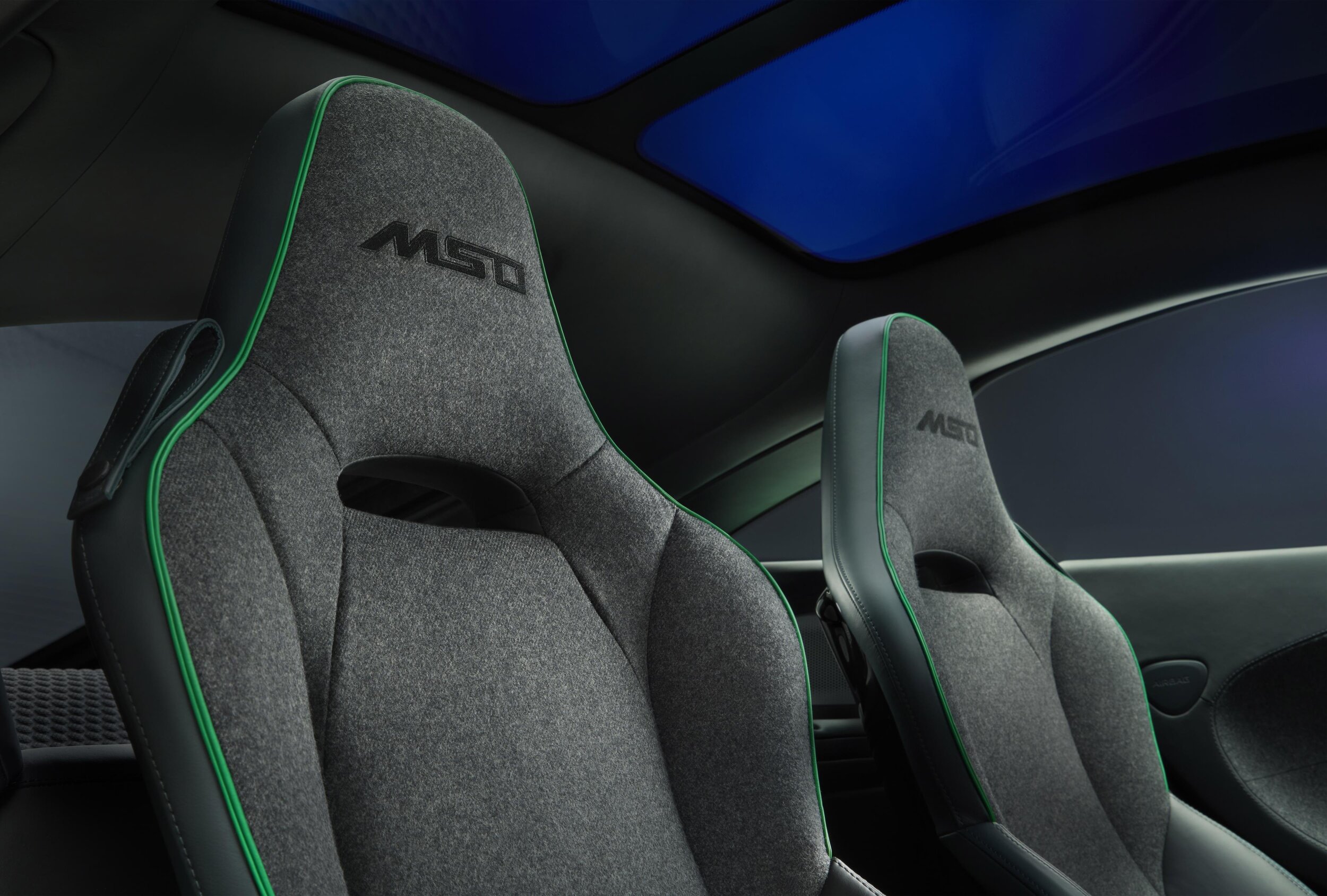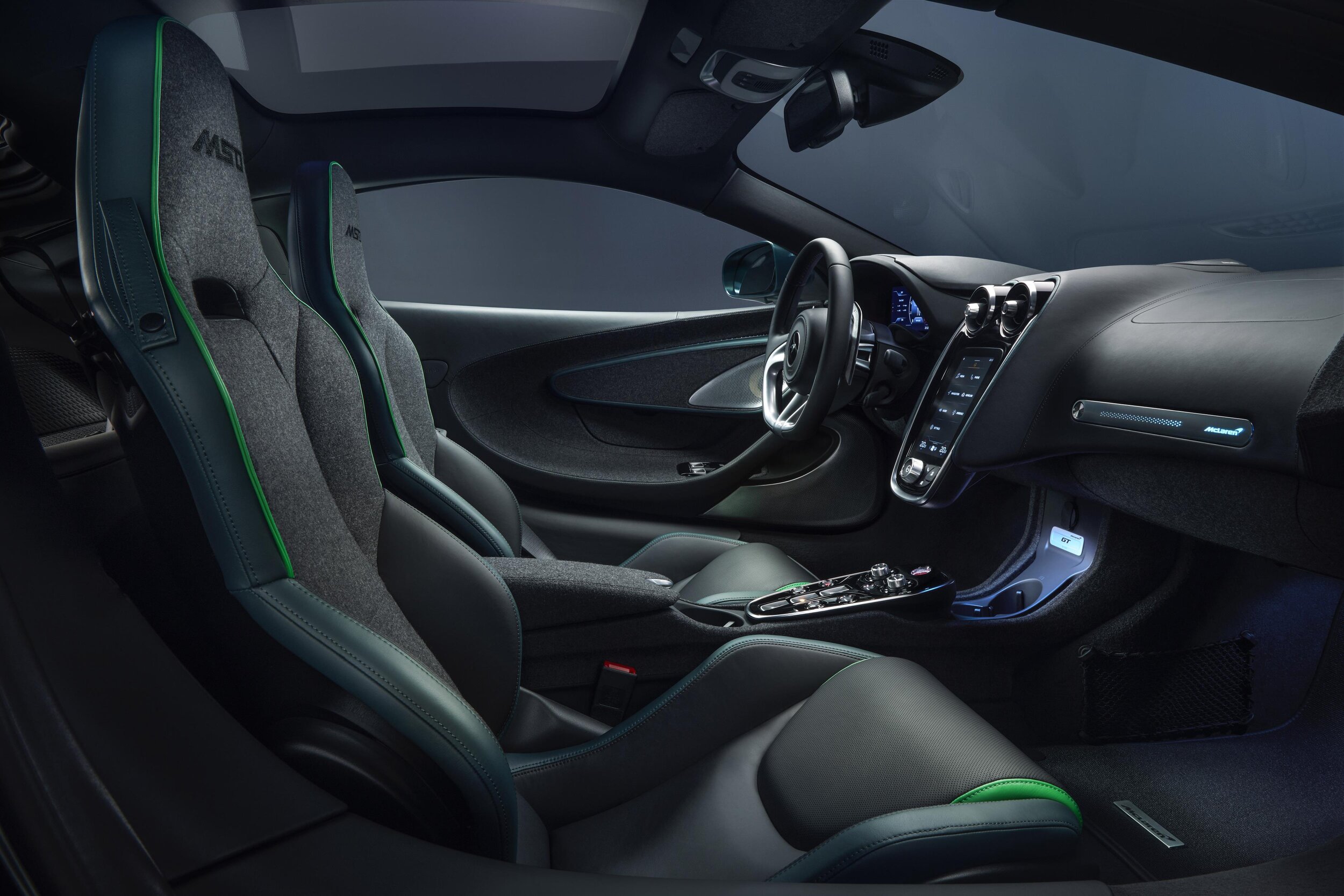APEX has taken the covers off its ground-breaking AP-0 concept EV sports car at its global launch event in London, UK
A global manufacturer, APEX brings together the finest designers and engineers to craft a fully electric lightweight sports car, with a creative team led by renowned UK designer Guy Colborne
Race-inspired and road legal, AP-0’s advanced lightweight construction, cutting-edge aerodynamics, and feet-up driving position combine to deliver an unrivaled driving experience
LiDAR-powered ADAS system allows AP-0 to more accurately identify potential hazards
Up to 320 miles (515km) range and ultra-fast charging capability for race-inspired and road legal AP-0
Production starts Q4 2022 with prices starting from £150,000 (plus local taxes)
London, 13 March 2020 - APEX, the global sports car brand, has taken the covers off its stunning new all-electric AP-0 sports car at its global launch event in London today. The brand brings a new philosophy to the sports car market, embracing the emotional connection between driver and machine, craftsmanship and pioneering, and design and engineering as cornerstones of its first in-house designed model, the fully electric AP-0.
Bringing full-electric performance and complete driver enjoyment, the AP-0 is a celebration of the feeling of being behind the wheel. The car offers more connected driving experience, embodying sustainability, pioneering technology, cutting edge design and, above all, a strong emotional connection.
The design of the AP-0 features, at its core, an ultra-lightweight carbon-fiber tub with modular spaceframes and a center spine for maximum rigidity. Meanwhile, the carbon fiber body panels wrap tightly around the tub while exposing parts of the central construction.
Costing from £150,000 (plus local taxes), the AP-0 goes into production in Q4 2022 and will be shipped to customers from its UK manufacturing base to customers worldwide. APEX is accepting deposits for the AP-0 from today.
The AP-0 is a triumph of how form and function can be combined in one harmonious package. This begins with the front aerodynamic bodywork, which channels air underneath the car and behind the front wheels, along the body and out below the large rear diffuser. The flat floor exploits ground effect principles, helping to pin the car to the ground for tremendous cornering ability.
This is aided by the low center of gravity provided by the 90kW floor-mounted battery pack. Together, these features enable the AP-0 to achieve a curb weight of just 1,200kg.
By virtue of its cutting-edge powertrain engineering and astonishingly light curb weight, the rear-wheel-drive AP-0 is capable of 0-62mph (0-100km/h) in 2.3 seconds. This rapid acceleration is backed up by an impressive maximum speed of 190mph, underlining the vehicle’s track credentials.
The AP-0 powertrain is designed and engineered to be more than simply a high-performance unit with immediate power delivery. Efficiency and a fast-charging time are imperative in delivering a luxury, performance electric vehicle for the modern driver. The resultant battery technology at the heart of the vehicle is capable of delivering enough charge to cover up to 320 miles (515km) (WLTP).
Technology plays a key part in the AP-0. The new sports car pushes the boundaries of accuracy and safety when it comes to driver assistance, courtesy of its advanced LiDAR sensor technology. The sensors generate detailed maps of the vehicle’s immediate surroundings, comprised of a high-resolution, three-dimensional image with minute details – measuring as little as a few centimeters – at distances of more than 100m away.
The LiDAR technology allows the AP-0 to more accurately identify potential hazards, pedestrians, cyclists, and other vehicles, increasing safety and providing ultimate peace of mind for the driver.
The AP-0 also features a holographic augmented reality (AR) display and AR Race Instructor, which gamify the way drivers can learn new racetracks and deliver the ultimate immersive racing experience.
Furthermore, APEX plans to develop an FIA-approved race track and racing academy in the Greater Bay Area, close to Hong Kong. The track will form part of a global research and development network to test future APEX models. It also plans to launch a race academy to train the next generation of drivers.
Every individual aspect of the AP-0 combines to form one of the most compelling new sports cars to enter the market both in terms of buying, owning and enjoying.
Design
Guy Colborne
Spearheaded by renowned UK designer Guy Colborne, APEX has cultivated a brand design philosophy like no other. The APEX AP-0 embodies a striking design language that evokes its powerful performance attributes and emphasizes the lightweight structure of the car. Artistic lines shape and accent the body, while traditional touches are seamlessly blended with futuristic elements.
Sharp, jagged lines rise from the base of the pronounced front spoiler, cutting around the wide front grille and encircling the piercing, three-part LED headlights before once again converging at the center of the bonnet. Two rear-view cameras proudly stand on each wing, swept towards the rear of the car.
A pair of clean, straight lines slice through each side of the front grille before meeting compact air intakes positioned below the headlights. With an additional vent in the center of the bonnet and carefully crafted lines across the sides of the car, these features encourage air to flow through and over the body. Inserted neatly under the wheel arches are the offset carbon fiber wheels, measuring 19 inches in diameter at the front and 20 inches at the rear, and married to elegant five-spoke rims.
The AP-0 is crowned with a teardrop-shaped glass roof that fuses with a structural, aerodynamic fin, influenced by Formula 1 and Le Mans styling. Beginning at the center point of the roof, where it houses the advanced LiDAR camera, the fin stretches and slowly descends to the rear of the car.
The rear of the APEX AP-0 is where the spirit and essence of the car truly come to life. The vast and dominating red tail light conjures the APEX emblem and makes the car instantly recognizable. Perfectly embracing the full width of the car, the light continuously flows from the far-left to the far-right points, peaking in the center to meet with the aerodynamic fin and simultaneously merging with the M-shaped rear diffuser. When illuminated, the tail light reflects both the night-time theatre of a modern city skyline and the technological prowess of the APEX brand.
Consistent with the overall focus on lightweight design, the AP-0 features a clean, simple interior. The cabin features two seats, raised just 180mm above ground level and constructed entirely of carbon fiber composite. The dashboard features smooth layers of materials that encapsulate the technology of the instrument cluster, while a compact steering wheel places superior control in the driver’s hands.
The design of the vehicle’s underbody is instrumental to the aerodynamic performance of the AP-0, exploiting Formula 1-derived technology. Ground clearance is just 95mm, keeping the car as low as possible. By negating the need for a rear spoiler and employing ground effect principles, the AP-0 reduces drag and offers greater driving enjoyment. The flat floor at the front channels air underneath the car and behind the front wheels, while the large rear diffuser accelerates airflow at the back. This technology provides the car and driver with outstanding cornering capability and handling on the track, as well as superior stability on the road.
Enshrouded in a mixture of naked carbon fiber and elegant Pearl White paintwork, the AP-0 features a red interior to reflect the speed, power and sporting ethos of the APEX brand.
Powertrain
Speed and efficiency at its heart
The APEX AP-0’s expertly engineered powertrain, in combination with its carbon fiber composite chassis and body, delivers an outstanding power-to-weight ratio, which enables astonishing acceleration, supreme efficiency, and competitive range.
The AP-0 houses a state-of-the-art, fully electric, lithium-ion battery powertrain. Its 90kWh battery unit weighs 550kg and is able to generate a peak power of 650bhp (484kW). With torque available from zero RPM, the vehicle boasts equally impressive performance, delivering a maximum torque of 580Nm.
By virtue of its cutting-edge powertrain engineering and an astonishingly light curb weight of 1,200kg, the rear-wheel-drive AP-0 will achieve 0-62mph (0-100km/h) in 2.3 seconds. This rapid acceleration is backed up by an impressive maximum speed of 190mph, underlining the vehicle’s track credentials.
Charging and range
The AP-0’s powertrain is designed and engineered to be more than just a ferocious powerhouse. Efficiency and a fast-charging time are imperative in delivering a luxury, performance electric vehicle for the modern driver, and this fact was not lost on the AP-0’s engineering team. The resultant battery technology at the heart of the vehicle is capable of delivering enough charge to cover maximum of 320 miles (515km) (WLTP).
The Super EV is compatible with CCS, Type 2 and GB/T charging connectors, providing practicality and choice. For total convenience, the vehicle can be charged up to 80% in under 15 mins using a CCS charger, while the estimated charging time using a Type 2 connector is eight hours.
Chassis
The APEX AP-0’s chassis brings years of experience in the development and manufacture of advanced composite technologies to bear in incomparably lightweight, dynamic and robust construction. The featherlight chassis and bodywork contribute significantly to the vehicle’s track-ready dynamics and an exceptionally low curb weight of just 1,200kg.
Lightweight construction
The platform of the AP-0 has pioneering engineering and technology at its core. The fully composite structural monocoque tub features modular spaceframes and a center spine that links the front and rear of the car. The bodyshell is tightly wrapped over and around the tub and spine detail, as well as the front and rear wheels, while still exposing the carbon fiber chassis.
The AP-0’s batteries are floor mounted at both the front and rear of the platform in order to achieve the lowest possible center of gravity.
A suspension built for the track
The AP-0 is equipped with a pushrod suspension system – the preferred suspension style of most Formula 1 team. The pushrod system optimizes weight distribution, improves aerodynamics and enables the suspension to move with greater efficiency.
With a suspension system befitting the racing machines of Formula 1, and a chassis built to an unmatched level of technical specification, the AP-0 is as agile and tough as it is intensely fast.
The AP-0’s suspension system features automatic ride height adjustment, employing adjustable coil-over-shock springs and dampers.
The AP-0 features 19” x 9” front wheels and 20” x 11” rear wheels, with high spec radial tires fitted to both the front (245mm width) and back (305mm width). The low profile of the tires – 55 aspect ratio on the front and 30 aspect ratio on the back – delivers exceptional grip, control and steering response.
Brakes are 360mm x 32mm carbon ceramic discs and six-piston calipers on the front and 340mm x 30mm discs and four-piston calipers on the rear.
Dimensions, wheelbase, and track
Despite its race car-derived technology, the AP-0 is, first and foremost, a sports car. This is evident in its proportions: 4,380mm in length, 2,017mm in width and 1,224mm in height (including the roof-mounted LiDAR fin), with a front overhang of 970mm and a rear overhang measuring 760mm.
The AP-0 has a wheelbase of 2,650mm and a width of 1935mm. This carefully considered ratio maximizes cornering ability and ensures excellent handling, maneuverability, and stability – staying true to the brand’s mission of enabling the driver to attack the apex of every corner with absolute confidence.
Connectivity
The philosophy underpinning the APEX AP-0 is to create a genre of sports car merging impeccable performance with an unrivaled driving experience. This means creating the perfect blend of speed, control and an innate connection between driver and machine.
The word ‘connectivity’ in today’s world bares reference to a digital connection between systems, cars, phones, and infrastructure. While the AP-0 is fitted with a number of active and passive autonomous and connected technologies, ‘connectivity’ in APEX’s context is all about linking the car with those who have a true passion for driving.
Through impeccable design, which combines function within form, the AP-0 boasts a highly tuned and lightweight chassis that heightens the emotional connection behind the wheel, whether on-road or track. With a zero-emissions powertrain, the AP-0 delivers immediate torque, while the lightweight chassis – 1,200kg in total – coupled with the clever ground-effect aerodynamics makes it a unique prospect for driving enthusiasts.
Climbing inside, the cockpit of the AP-0 is designed around the driver, with contoured and ergonomically designed bucket seats that sit low in the central carbon-fiber tub to give that perfect race-derived feet-up driving position. The steering wheel is exquisitely manufactured from a combination of machined aluminum and carbon fiber, trimmed with perforated leather and soft-touch rubber dials on the mode selector push/pull rocker arms. All the cabin materials are designed to provide an enhanced sensory experience, contributing to the deeper emotional connection that is the bedrock of APEX’s design ethos.
Reinforcing the AP-0’s credentials as a sports car for the 2020s, the ground-breaking EV is fitted with an integrated forward-facing ADAS system positioned above the cockpit at the front of the tailfin.
The AP-0 pushes the boundaries of accuracy and safety when it comes to driver assistance, courtesy of its advanced LiDAR sensor technology. LiDAR sensors are able to generate detailed maps of the vehicle’s immediate surroundings, creating a high-resolution three-dimensional image and identifying minute details – measuring as little as a few centimeters – from more than 100m away and in all weather conditions.
This technology enhances the vehicle’s ADAS capability and enables the AP-0 to more accurately identify potential hazards, pedestrians, cyclists, and other vehicles, increasing safety and providing ultimate peace of mind for the driver.
The AP-0 also features a holographic augmented reality (AR) display and AR Race Instructor, which gamifies the way drivers can learn new race tracks and delivers the ultimate immersive racing experience. The AP-0 regularly receives over-the-air software updates that add new features and enhance existing functionality via Wi-Fi.
The ADAS system incorporates Level 3 autonomy, which means the very latest in mapping software, radar, sensors, and faster processors. This translates into dynamic driver assist systems such as Automatic Emergency Braking, Adaptive Cruise Control, and Lane Keep Assist as well as connected mapping for dynamic navigation to avoid traffic jams. The baseline system is already highly advanced and in order to make it futureproof when Level 4 Autonomy is safely achievable.





